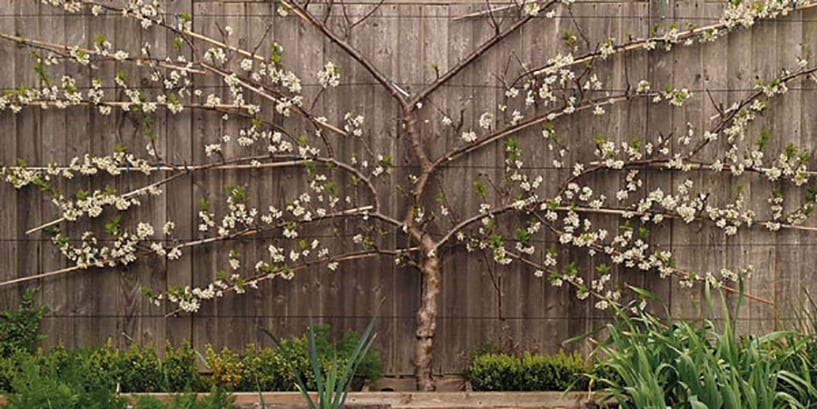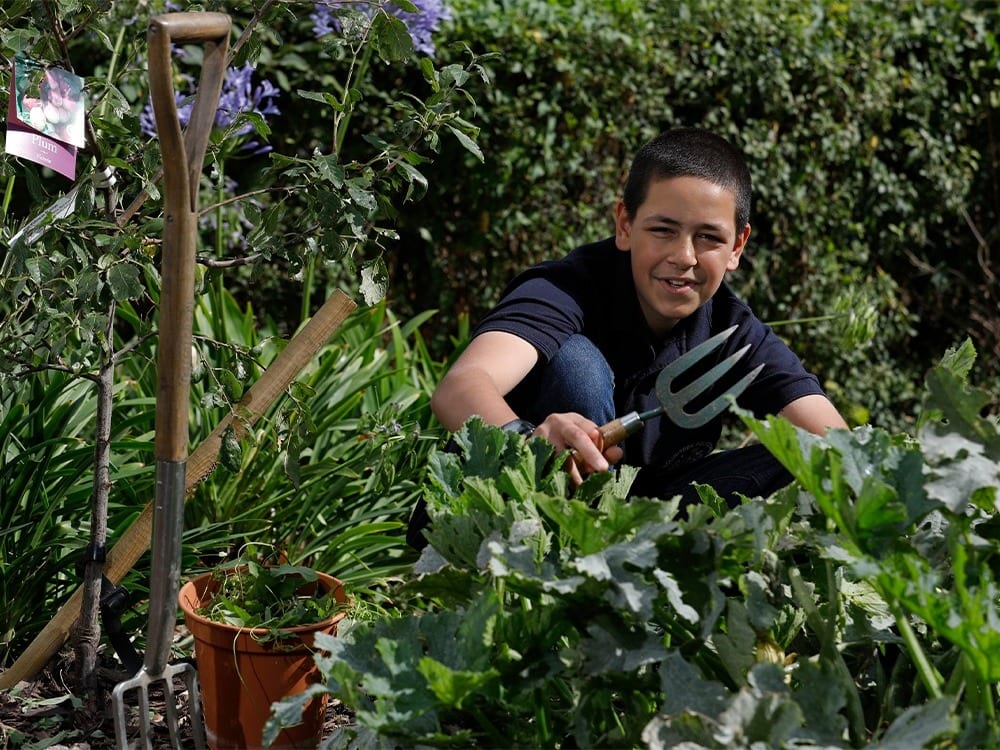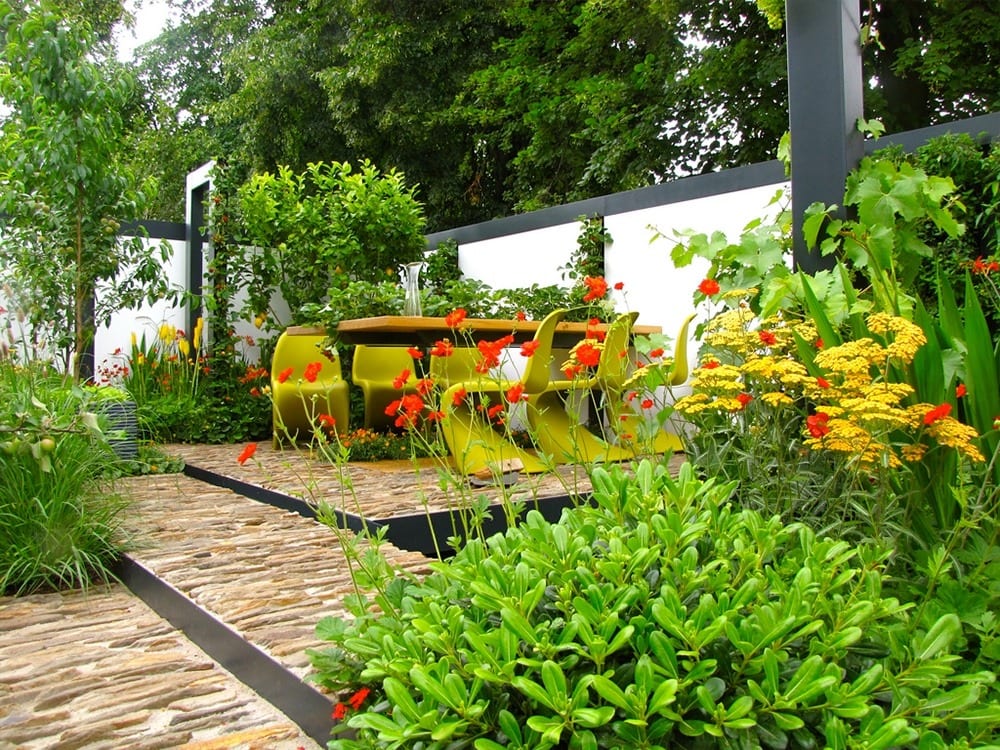I thought I would take a light hearted look at the subject of pruning or as many people call it ‘chopping’ ‘hacking’ or ‘trimming’.
As a horticultural tutor and consultant the one thing I see in gardens that makes my heart sink is badly pruned trees and shrubs.
I feel it is my duty as a professional to teach people the correct way to prune in order to get the best from their garden. It takes years for a plant to grow and five minutes to destroy it……
Chopping/Hacking/Trimming
Anyone can do this, especially with a machine and at any time of year.
Fine for weeds, unwanted plants and dead ones.
You don’t need to be trained or qualified if you don’t want to be.
Can kill or seriously damage established plants, preventing growth, flowering and fruiting.
Looks horrible.
Pruning

The skill of pruning takes a lifetime of knowledge and practise. Plants need to be pruned correctly at the right time of year.
Every garden plant not only has a proper name but also a lifecycle and very specific pruning requirements.
You need a good level of training, qualifications and experience to undertake it successfully.
A good knowledge of pruning can ensure your plants thrive for a long time, flower, produce fruit and be beautiful sight. A well pruned Wisteria can look amazing in winter as well as in flower.
Want to learn?







